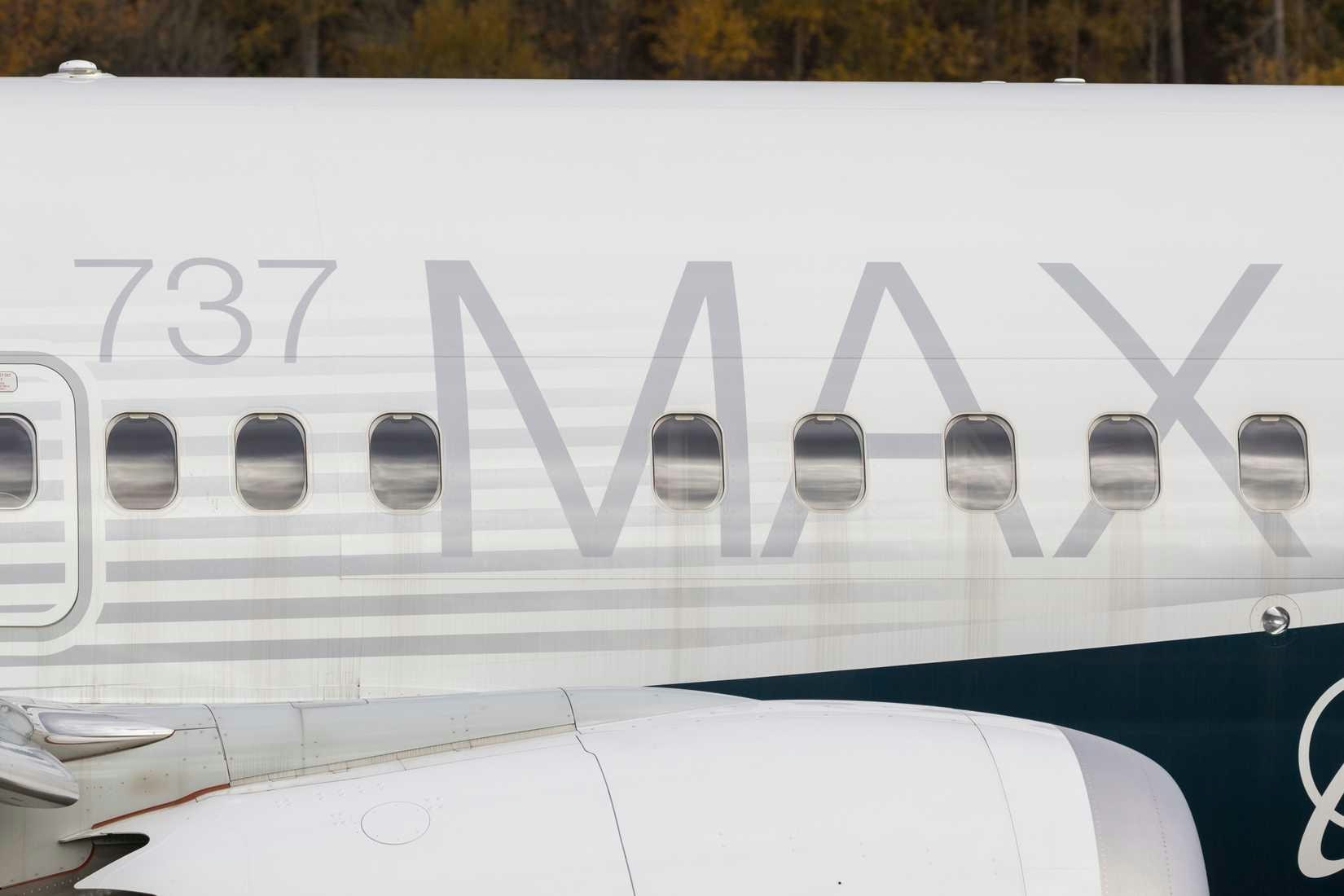
AeroGenie: il tuo copilota intelligente.
Tendenze
Categories
China Develops Soft Runway Material That Crumbles to Slow Planes
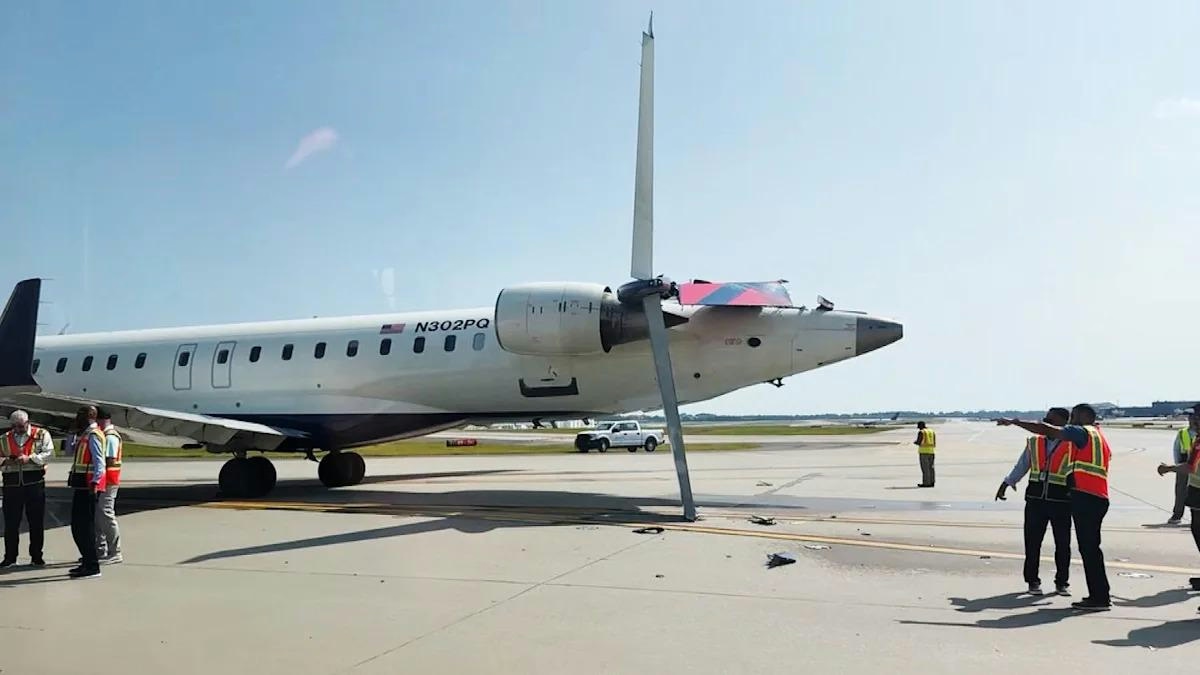
China Develops Innovative Soft Runway Material to Enhance Aircraft Safety
China has introduced a novel runway material designed to improve safety during the critical phases of aircraft takeoff and landing. According to reports from Science and Technology Daily, this new development has already been recognized with the second prize for innovation by the China Building Materials Federation.
Characteristics and Functionality of the Material
The material distinguishes itself through its remarkably low density, measuring just 200 kilograms per cubic meter—approximately one-tenth the weight of conventional concrete. Although it appears solid, the material is engineered to crumble in a controlled fashion upon impact. This unique property allows it to decelerate aircraft weighing up to 100 tons smoothly and effectively. Fang Jun, a research and development engineer at the China Building Materials Academy, described the material as “looking solid, but crumbling upon impact, decelerating planes smoothly.”
This innovation presents a potential alternative to traditional Runway End Safety Areas (RESAs), which the International Civil Aviation Organization (ICAO) mandates to extend at least 90 meters beyond the runway. RESAs serve as critical buffer zones designed to absorb energy and reduce the risk of accidents when aircraft overrun the runway.
Challenges and Industry Response
Despite its promise, the new material faces significant challenges before it can be widely adopted. Regulatory approval remains a major obstacle, as aviation authorities must conduct thorough evaluations to verify the material’s performance and safety under operational conditions. Additionally, environmental concerns have emerged regarding the disposal and management of the crumbled material after impact, prompting calls for sustainable solutions.
Reactions within the aviation industry have been mixed. While some experts commend the material’s potential to enhance runway safety, others remain cautious about its practical effectiveness and durability over time. Meanwhile, competitors in the aviation infrastructure sector are reportedly pursuing alternative materials and improvements to existing technologies to maintain their market positions.
As China continues testing and considers deployment, the global aviation community is closely monitoring whether this lightweight, crushable runway material can satisfy stringent safety standards and address environmental and regulatory issues. Its success could establish a new benchmark for runway safety worldwide.

Nine Lufthansa Airlines to Adopt Amadeus’ AI-Based Nevio Modular Solutions

ACC Aviation Names Luca D’Urso Vice President

BluJay Aerospace Advances Indian Aviation
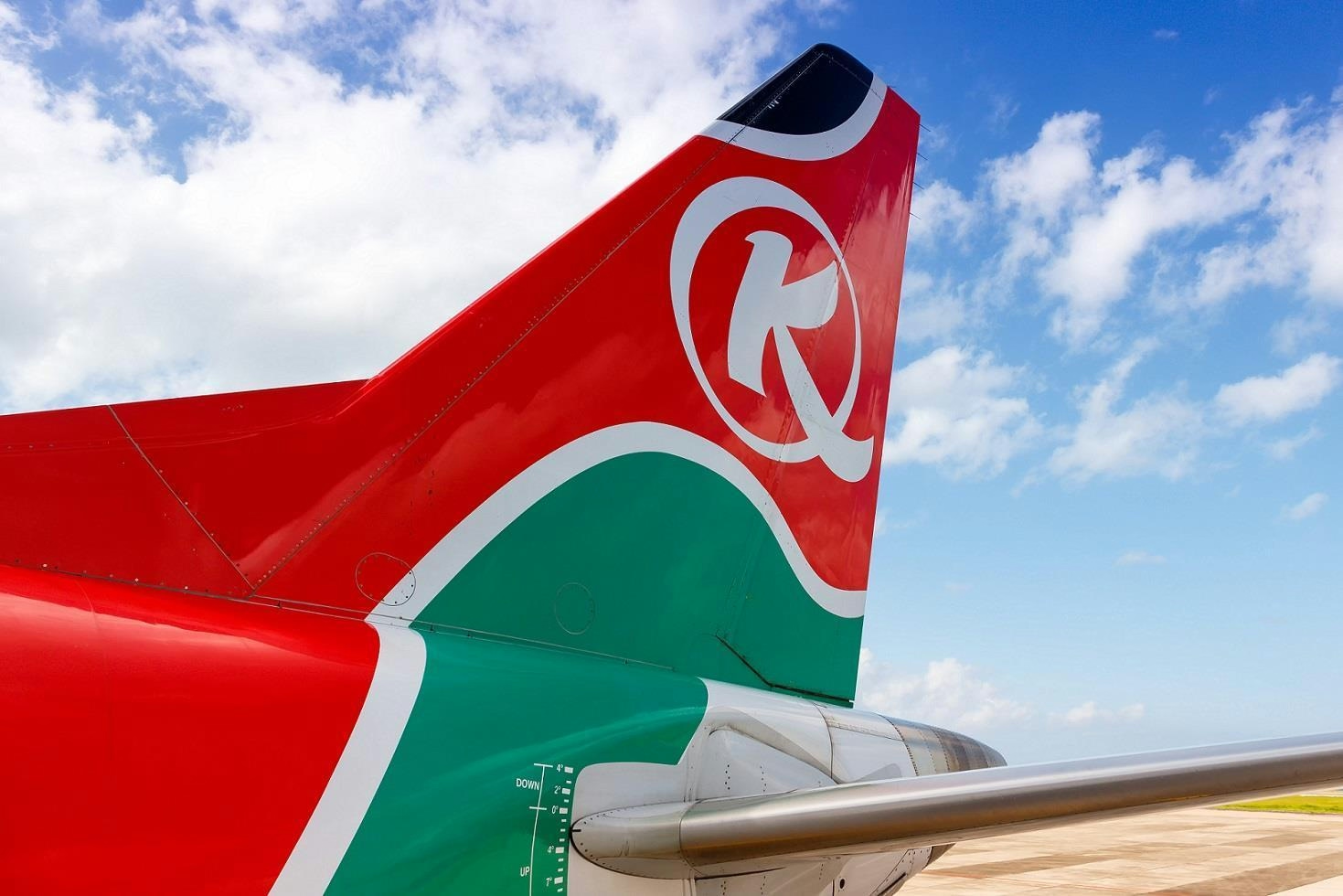
Kenya Airways Plans to Use 767 Freighters Ahead of 777F Delivery
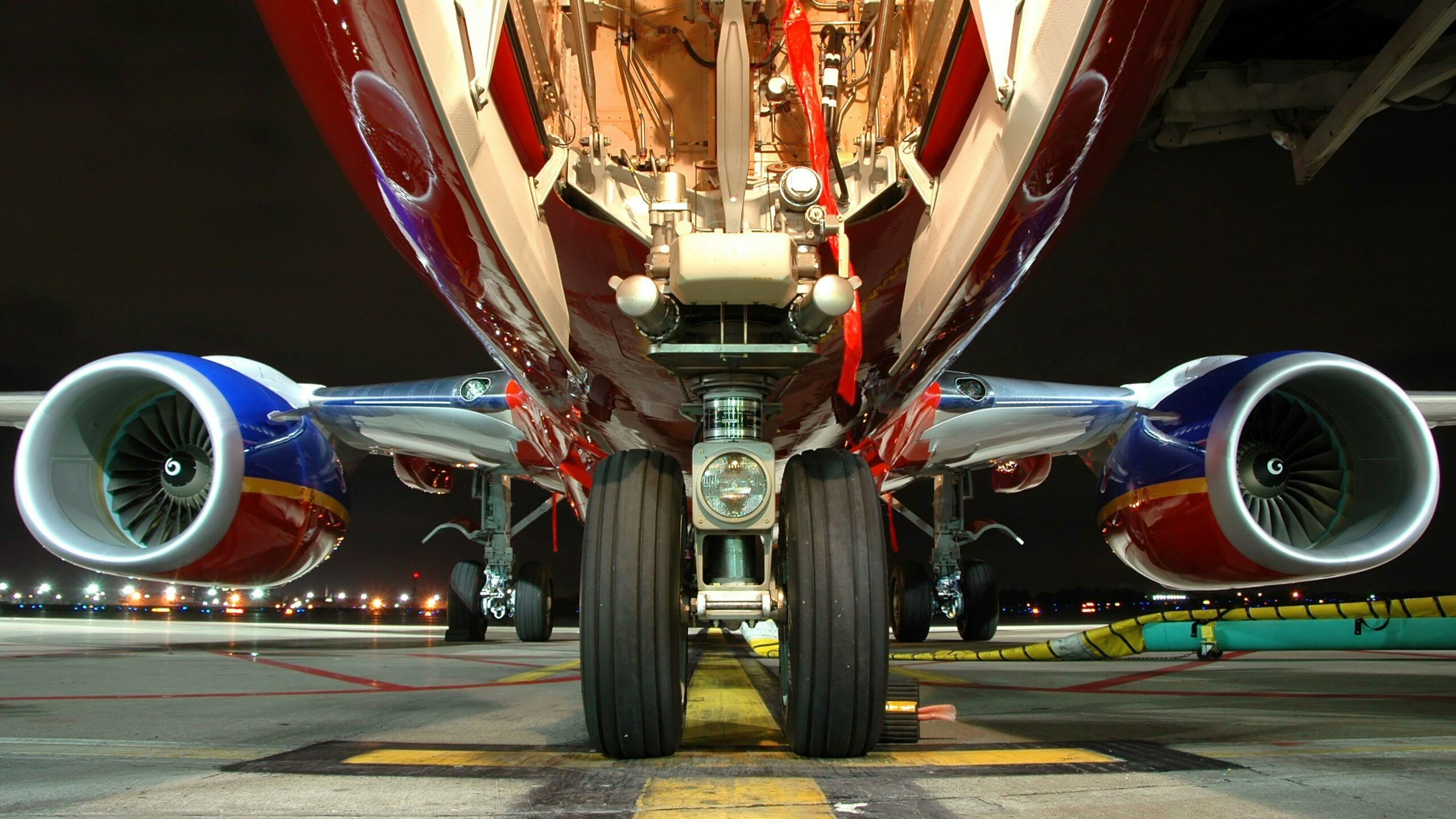
AxioAero Group Acquires Airway Aerospace
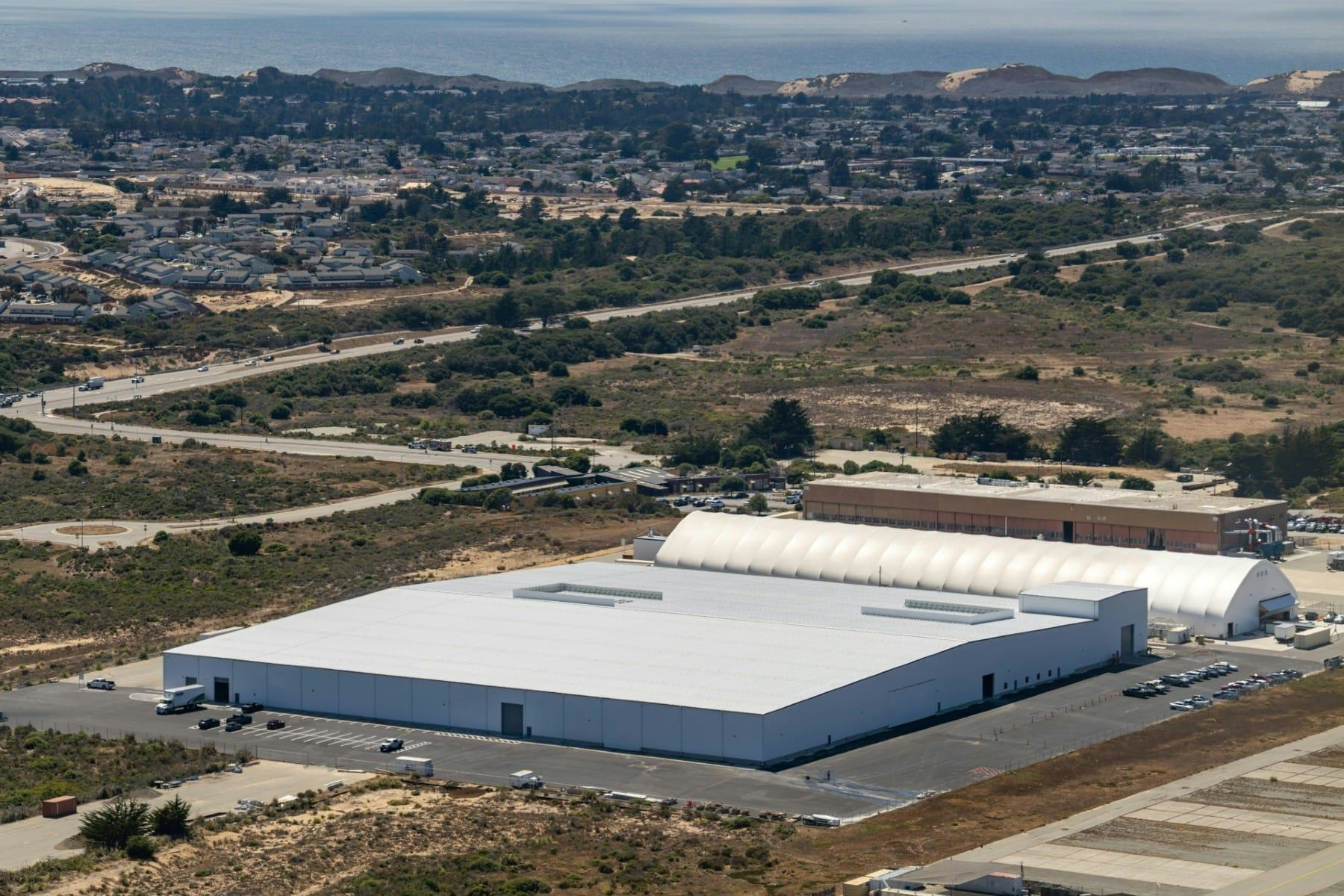
Joby to Train Up to 250 Pilots Annually with New Simulators in Marina
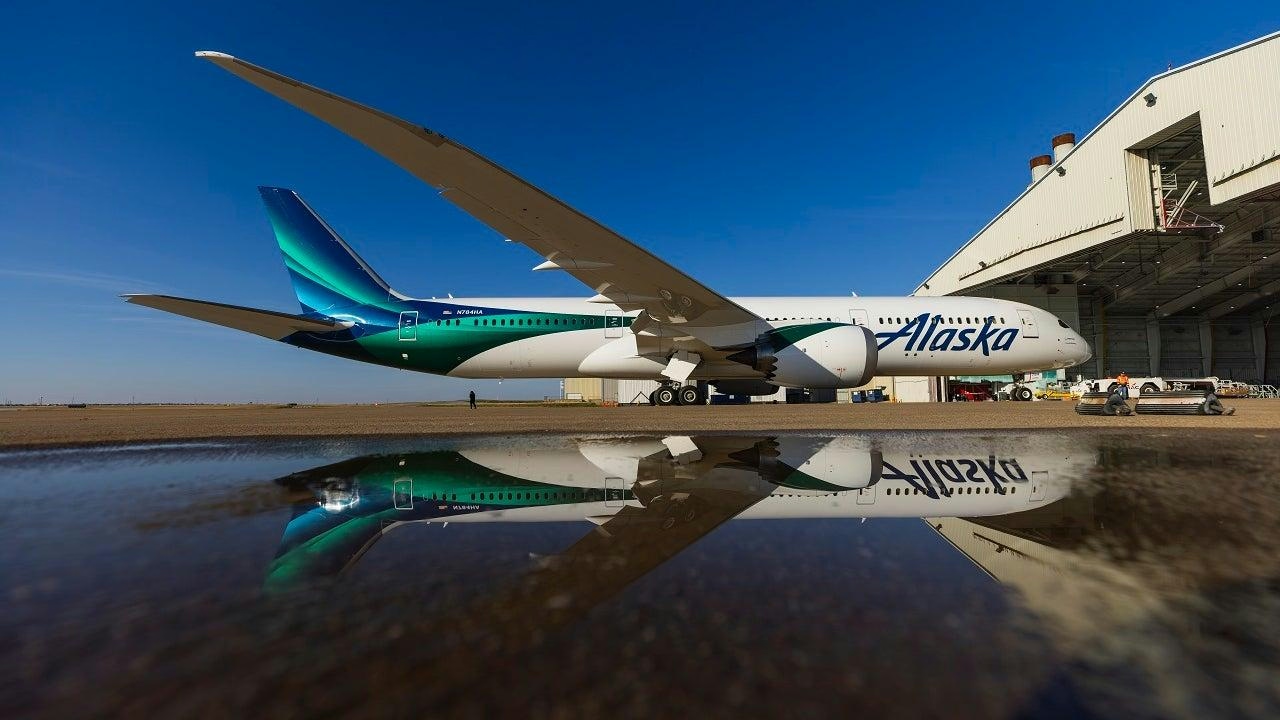
Boeing and Alaska Airlines Confirm Major Aircraft Order
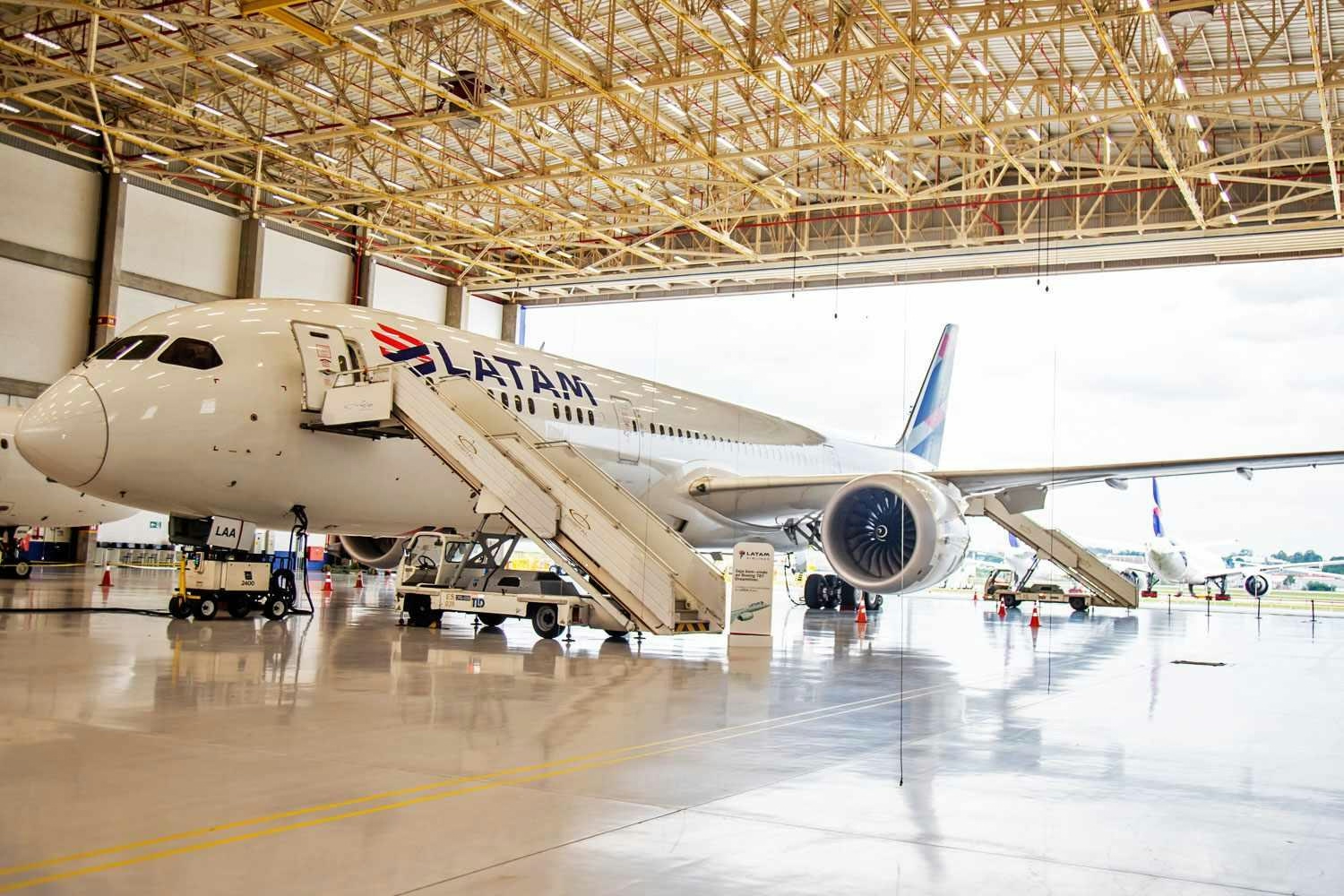
LATAM Receives First Boeing 787-9 Equipped with GEnx Engines

Dassault Aviation Reports Aircraft Deliveries, Orders, Backlog, and Sales Outlook
